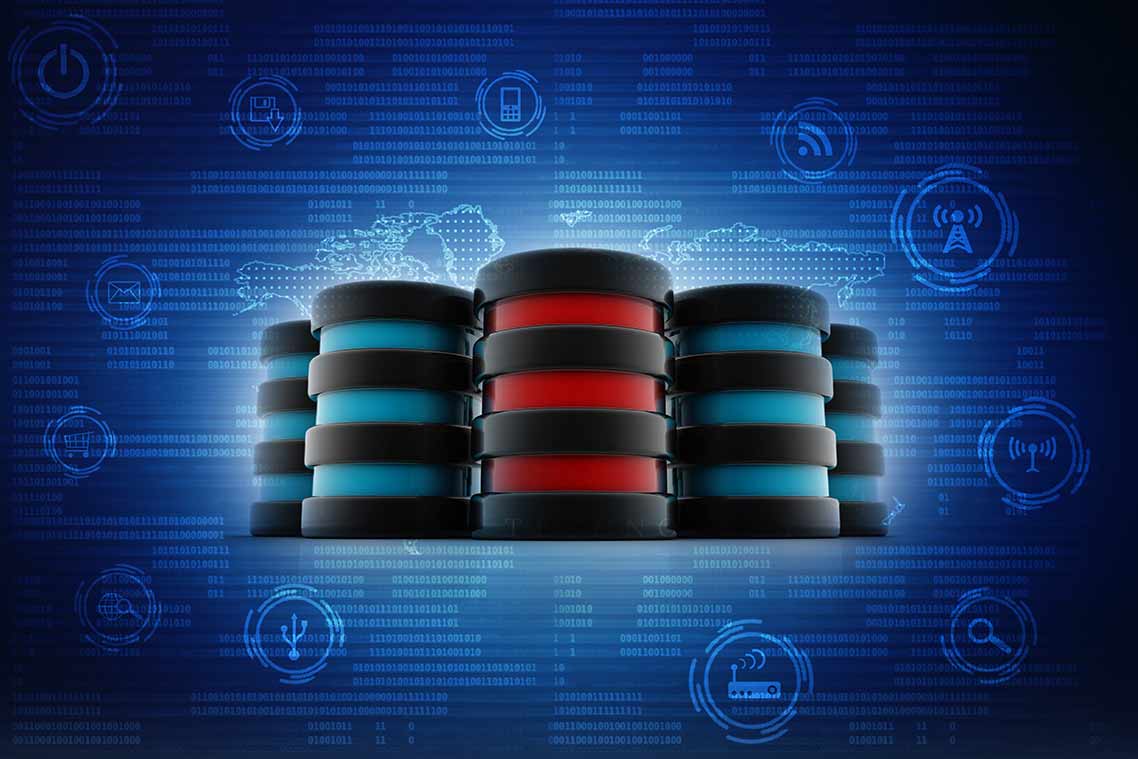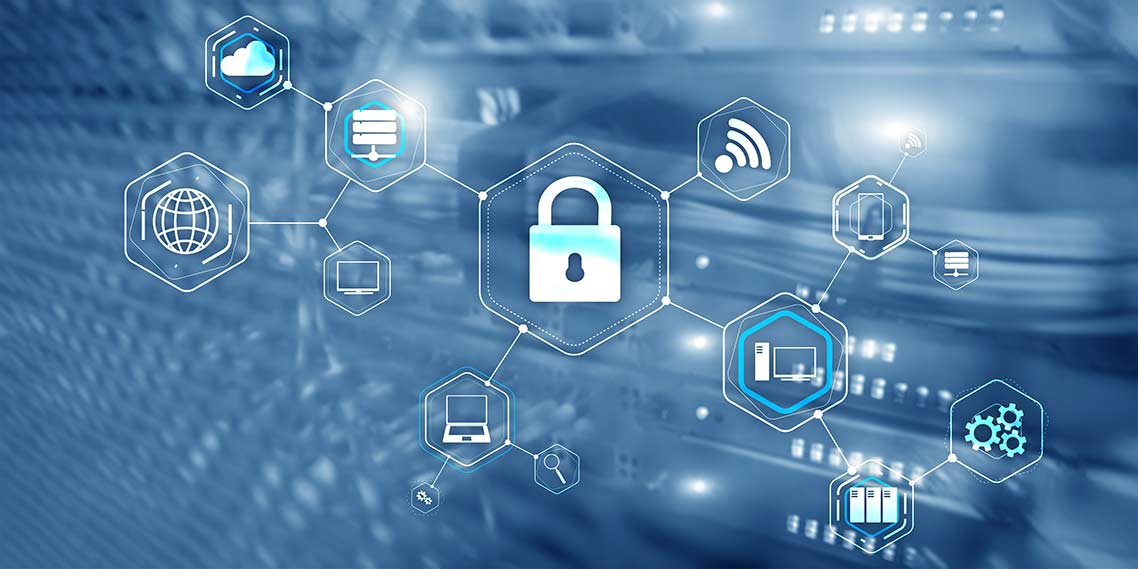Raw Device Mapping (RDM) is VMware’s virtualization technology that allows a virtual machine (VM) to access a logical unit number (LUN) directly. IT administrators can then format the LUN using any file system, such as New Technology File System (NTFS)...
Network security requirements are continually evolving, with cybersecurity issues becoming a day-to-day hassle for organizations. Undertaking regular vulnerability assessments (VAs) can help you understand structural...
As with on-premises datacenters, planned maintenance operations and potential hardware faults must be considered when deploying resources over the cloud. Therefore, a proper organization of virtual machines becomes essential to avoid or...
Many people have heard about public, private and hybrid clouds. But a fourth model has been around for a while now in the ever-changing cloud-deployment landscape. A community cloud is a modernized version of the private cloud that...
A firewall is an essential layer of security that acts as a barrier between private networks and the outside world. From first-generation, stateless firewalls to next-generation firewalls, firewall architectures have evolved tremendously over the...
Network segmentation, as the name suggests, is an approach that divides the network into multiple segments or subnets. This allows network administrators to control traffic flow between the...
One of the main reasons why organizations decide to move their resources to a cloud provider is to guarantee as much reliability and availability for their services as possible. The distribution of workloads and resources among...
Device as a Service eases the IT needs of an organization by bundling hardware with software and other services. DaaS offers it to the company as a service. But what...







